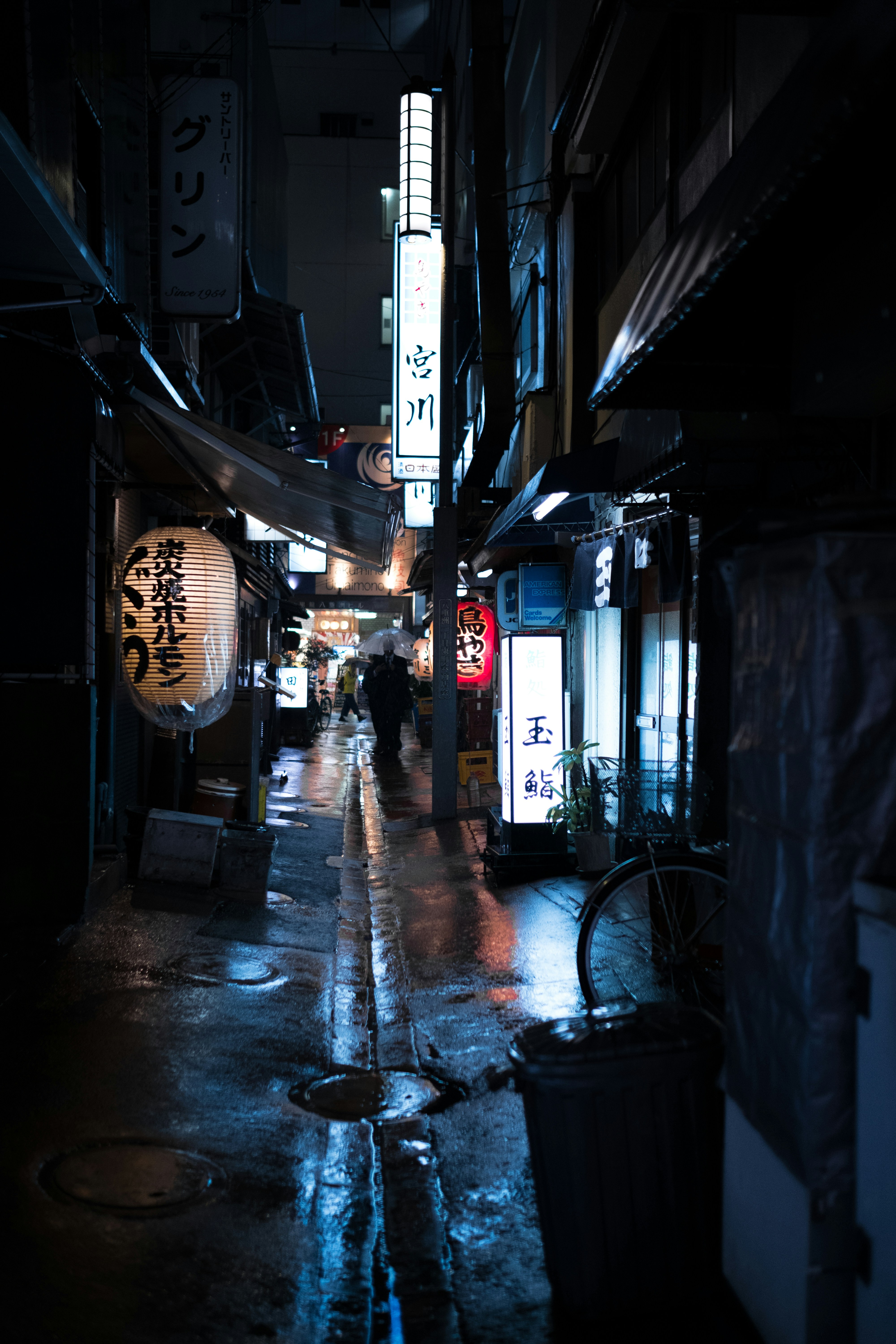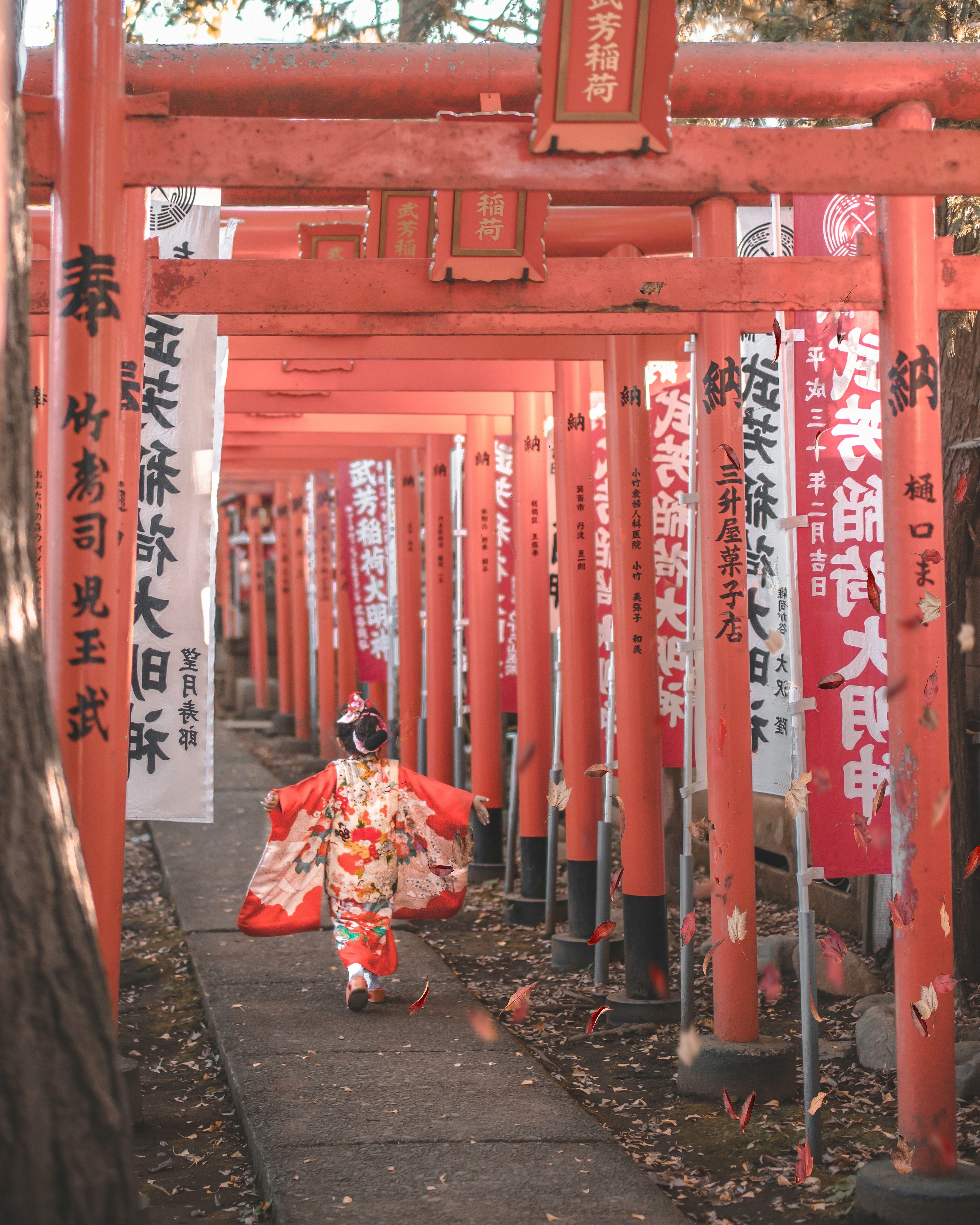
Experience the culture
According to Article 20 of the Japanese constitution, Japan grants full religious freedom, allowing minority religions such as Christianity, Islam, Hinduism and Sikhism to be practiced. These religions account for roughly 5-10% of Japan's population. However, the spiritual vacuum left by the Emperor's renunciation was also rapidly filled by a plethora of new religions (shin shukyo) which sprung up across Japan.
Mainly concentrated in urban areas, these religions offered this-worldly benefits such as good health, wealth, and good fortune. Many had charismatic, Christ-like leaders who inspired a fanatical devotion in their followers. It is here that the roots of such famous "cults" as the "Aum cult of the divine truth", who perpetrated the Tokyo subway gas attack of 1995, can be found.
However, the vast majority of new religions are focused on peace and the attainment of happiness, although many Japanese who have no involvement appear suspicious of such organisations. Tax-dodging or money-laundering are, according to some, par for the course.
Some of the new religions, such as PL Kyoden (Public Liberty Kyoden) and Soka Gakkai, have, however, become very much a part of the establishment in Japan, and it seems their role in politics and business is not to be underestimated.
Booming Night Life
Late-night entertainment is an important part of Japan's culture, which is part of the reason the country has such a vibrant and diverse nightlife scene. Drinking and dining often go hand in hand. In traditional izakaya-style establishments, the food menu is just as important as the alcohol menu, and ordering a light meal or snack to share as an accompaniment to your drink is common.
Alcohol plays a central role in Japan's social fabric, and drinking is often a big part of people's working and social lives. It's not just sake (Japanese rice wine) that's popular; quality spirits such as gin and whiskey are staples too and, in recent years, the craft beer revolution has also made its mark.
This drinking culture is perhaps not surprising in a country known for its long working hours and traditional business practices. Going for a drink—or many—after work with clients and coworkers is the norm.
However, it's possible to enjoy a night out in Japan without the inclusion of alcohol. Activities such as karaoke and bowling can be enjoyed late into the night, while manga cafes and gaming arcades also make great alternative hangouts to bars.


Insta worthy photos
Japan has a rich and world-renowned artistic tradition which encompasses sculpture, textiles, ink painting, calligraphy, ukiyo-e woodblock printing and much more.
Exquisite kimono, beautifully painted screens and images by famous artists such as Hokusai have become iconic symbols of the country, and there are a multitude of excellent museums where you can admire these creations - from the world's largest collection of ukiyo-e in Matsumoto to the superb Tokugawa Art Museum in Nagoya.
Contemporary art, meanwhile, enjoys an excellent standing in Japan and there are world-class galleries scattered throughout the country. Visit the Mori Art Museum at the top of a skyscraper in Tokyo; admire 1,300 works of art from the post-restoration era in Matsue; enjoy masterpieces by Moore and Rodin in a stunning natural setting at Hakone's Open-Air Museum; and visit Naoshima - a tiny island on the Seto Inland Sea that has become famous for its innovative approach to art.
Japanese architecture, meanwhile, is typified by wooden structures with sliding paper screens, tatami mats and curved roofs. Though at first glance Japanese and Chinese architecture may seem similar, the Japanese aesthetic is much simpler, cleaner and less ornate, as you will come to find as you explore the many temples, shrines, samurai residences, castles and traditional districts over the course of your trip.